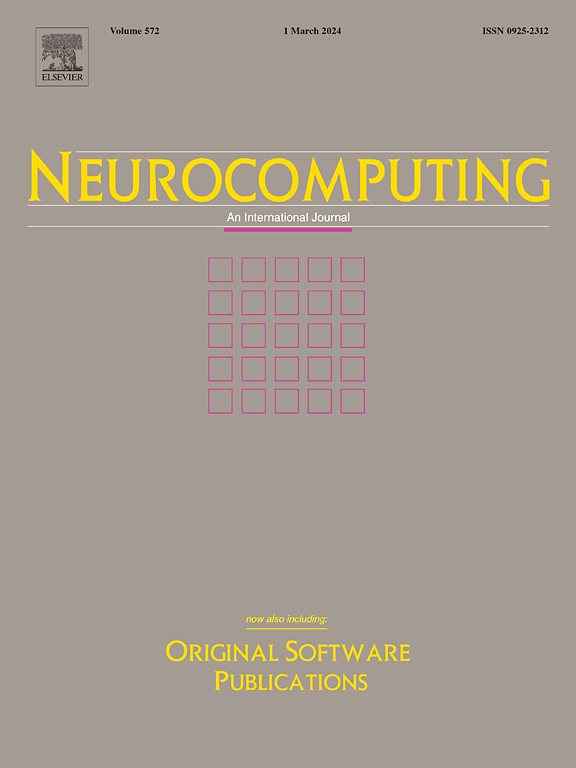Point cloud feature consistency learning for incomplete 3D face recognition
IF 5.5
2区 计算机科学
Q1 COMPUTER SCIENCE, ARTIFICIAL INTELLIGENCE
引用次数: 0
Abstract
Point cloud-based 3D face recognition has emerged as an exciting research topic due to the availability of 3D facial structures and detailed surface information. Existing approaches have primarily focused on complete facial point clouds and have achieved remarkable results. However, in real-world applications, the collected facial point clouds are often incomplete due to factors such as various poses, occlusion, and noise, posing significant challenges to face recognition tasks. In this paper, a feature consistency learning framework is proposed to improve incomplete 3D face recognition. The feature gap between incomplete and complete data is filled through joint optimization of completion and supervised contrastive learning. Specifically, to maintain and enhance the structure of incomplete point clouds, we introduce a structure-enhanced representation method for neighboring points that incorporates positional information residuals during the formation of point proxies. Additionally, a simple and effective dynamic input approach within the point proxy completion process is designed to alleviate concerns related to density disparities and detail loss in point clouds that exhibit relatively minor degrees of incompleteness. Extensive experiments on four datasets demonstrate our proposed method outperforms state-of-the-art methods on both inherent and artificially constructed incomplete data. Moreover, it also achieves comparable results on complete 3D face recognition. Overall, this work represents an early exploration into the realm of point cloud-based incomplete 3D face recognition through feature consistency learning, providing a promising approach for practical applications.
不完全三维人脸识别的点云特征一致性学习
基于点云的三维人脸识别已经成为一个令人兴奋的研究课题,因为可以获得三维人脸结构和详细的表面信息。现有的方法主要集中在完整的面部点云上,并取得了显著的效果。然而,在实际应用中,由于各种姿势、遮挡和噪声等因素,收集到的人脸点云往往是不完整的,这给人脸识别任务带来了重大挑战。本文提出了一种特征一致性学习框架来改进不完全三维人脸识别。通过补全和监督对比学习的联合优化来填补不完整和完整数据之间的特征缺口。具体而言,为了保持和增强不完整点云的结构,我们引入了一种结构增强的相邻点表示方法,该方法在点代理形成过程中包含位置信息残差。此外,在点代理补全过程中,设计了一种简单有效的动态输入方法,以减轻与密度差异和点云细节丢失相关的担忧,这些点云表现出相对较小程度的不完整性。在四个数据集上进行的大量实验表明,我们提出的方法在固有和人为构建的不完整数据上都优于最先进的方法。此外,它在完整的3D人脸识别上也取得了类似的结果。总的来说,这项工作代表了通过特征一致性学习对基于点云的不完整3D人脸识别领域的早期探索,为实际应用提供了一种有前途的方法。
本文章由计算机程序翻译,如有差异,请以英文原文为准。
求助全文
约1分钟内获得全文
求助全文
来源期刊

Neurocomputing
工程技术-计算机:人工智能
CiteScore
13.10
自引率
10.00%
发文量
1382
审稿时长
70 days
期刊介绍:
Neurocomputing publishes articles describing recent fundamental contributions in the field of neurocomputing. Neurocomputing theory, practice and applications are the essential topics being covered.
 求助内容:
求助内容: 应助结果提醒方式:
应助结果提醒方式:


